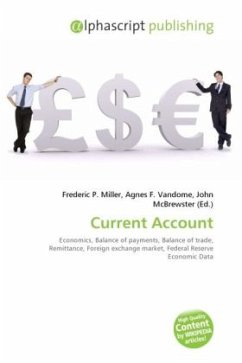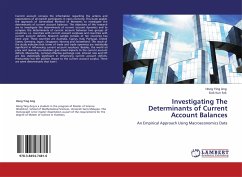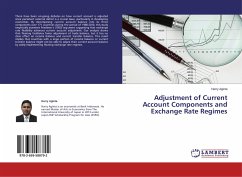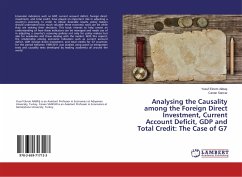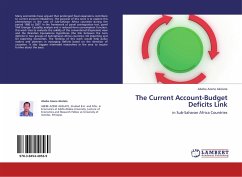In economics, the current account is one of the two primary components of the balance of payments, the other being the capital account. It is the sum of the balance of trade (exports minus imports of goods and services), net factor income (such as interest and dividends) and net transfer payments (such as foreign aid). The Current Account Balance is one of two major measures of the nature of a country's foreign trade (the other being the net capital outflow). A current account surplus increases a country's net foreign assets by the corresponding amount, and a current account deficit does the reverse. Both government and private payments are included in the calculation. It is called the current account because goods and services are generally consumed in the current period. The balance of trade is the difference between a nation's exports of goods and services and its imports of goods and services, if all financial transfers, investments and other components are ignored. A nation is said to have a trade deficit if it is importing more than it exports.
Bitte wählen Sie Ihr Anliegen aus.
Rechnungen
Retourenschein anfordern
Bestellstatus
Storno

